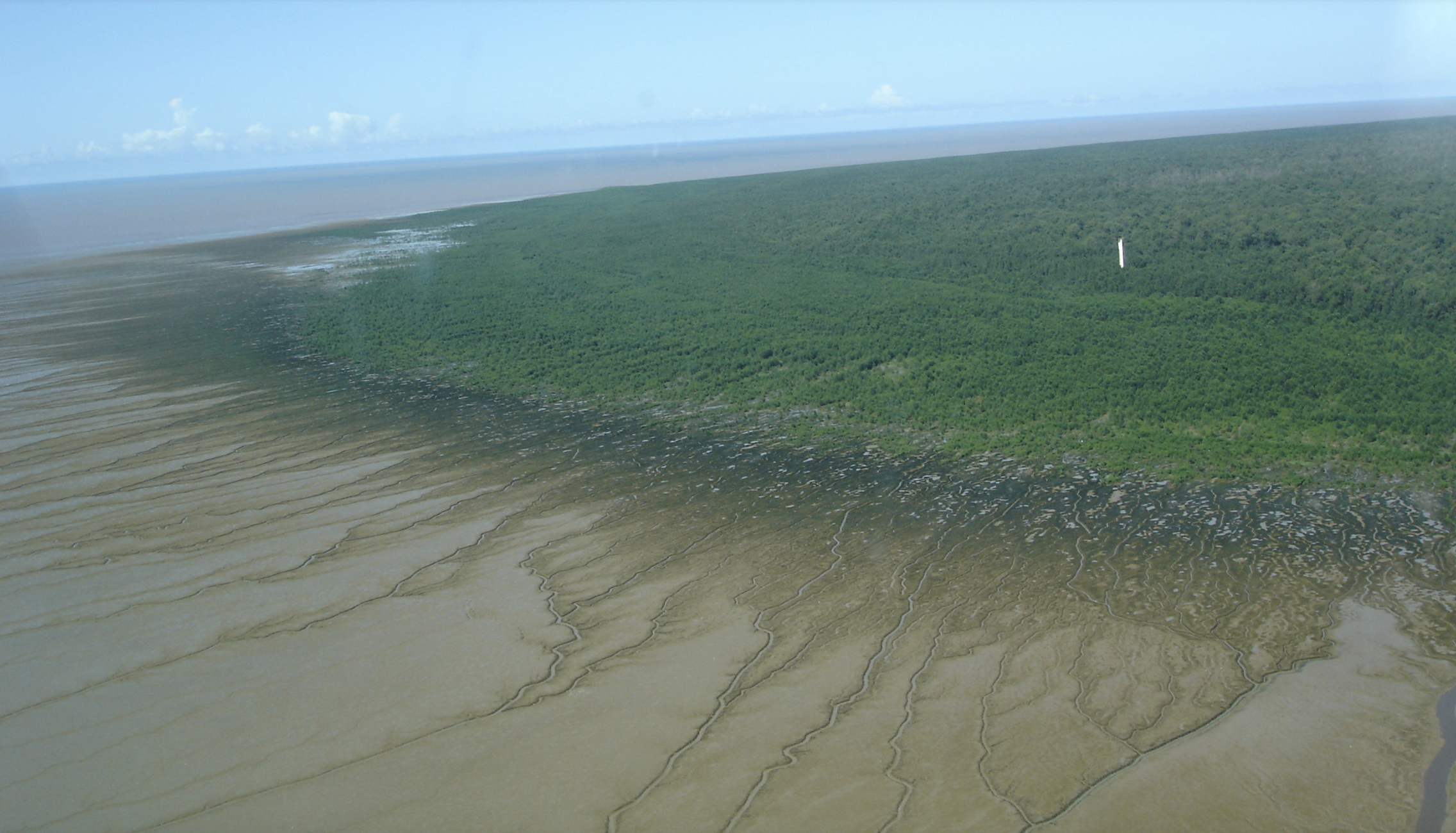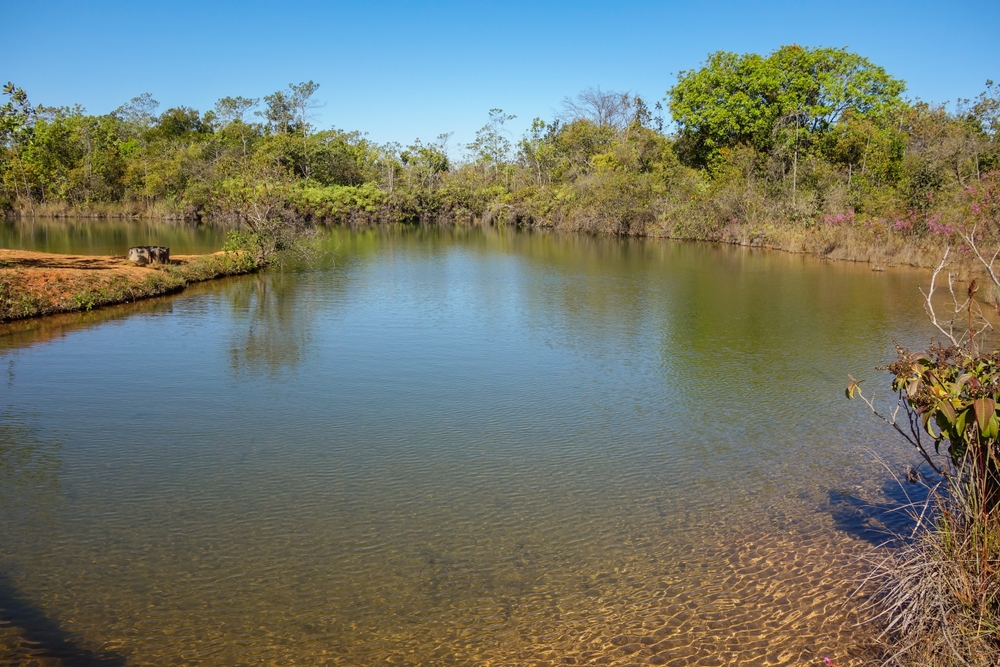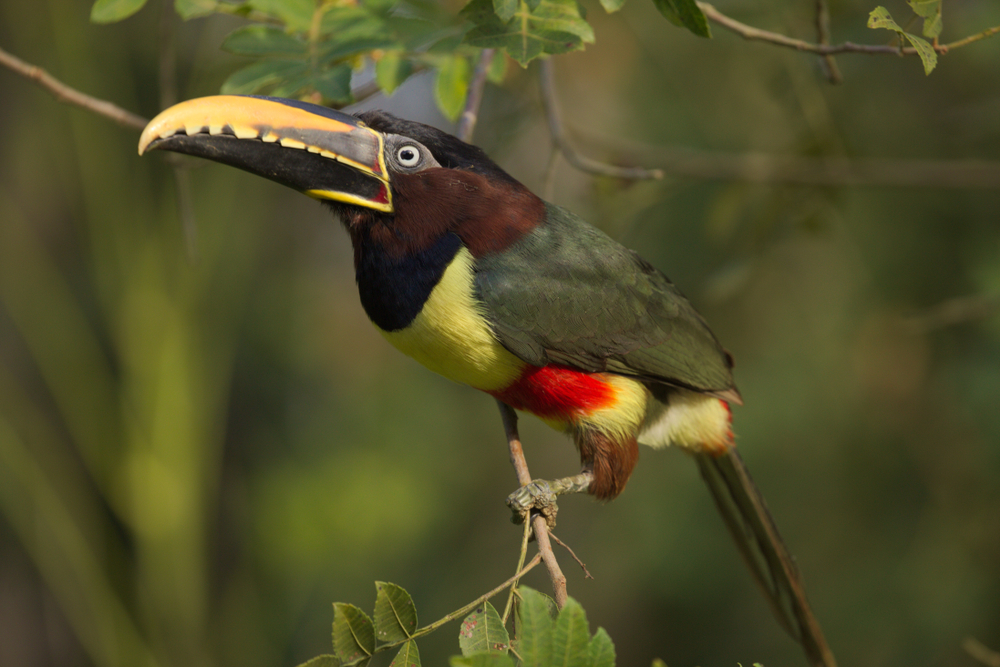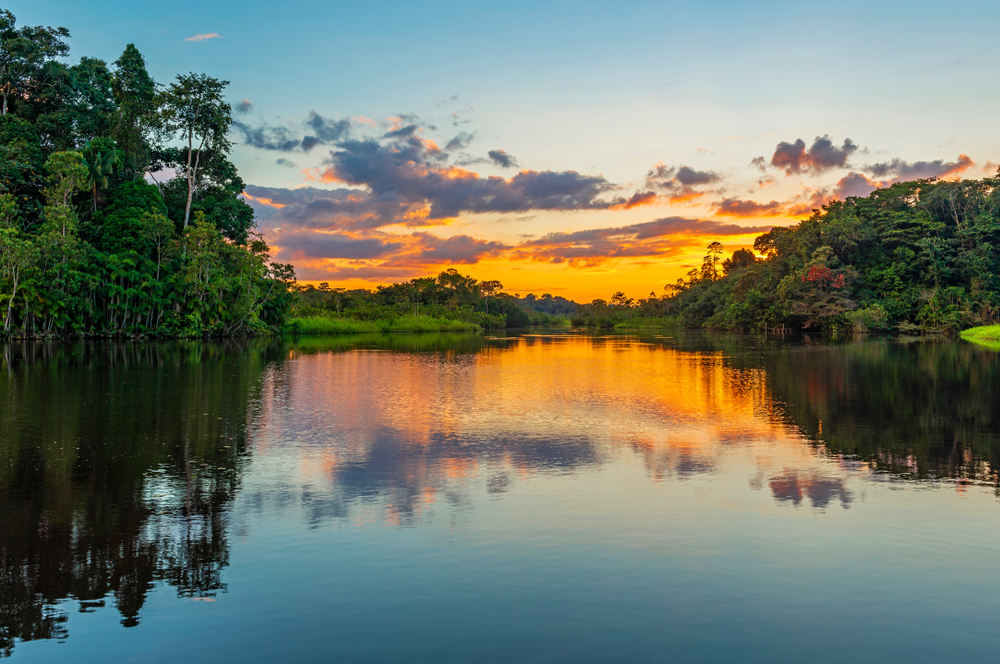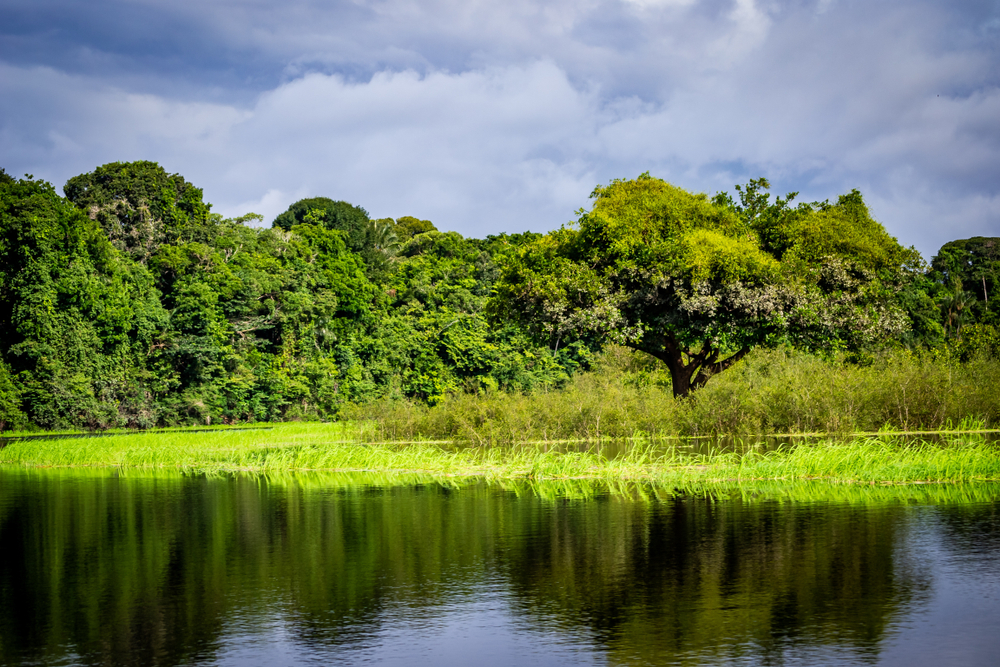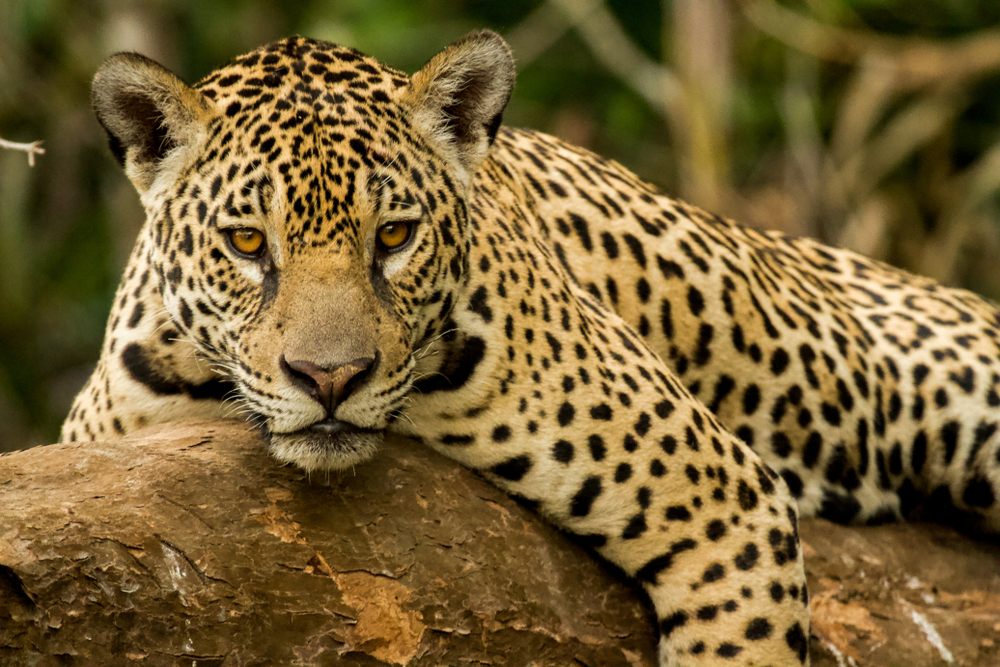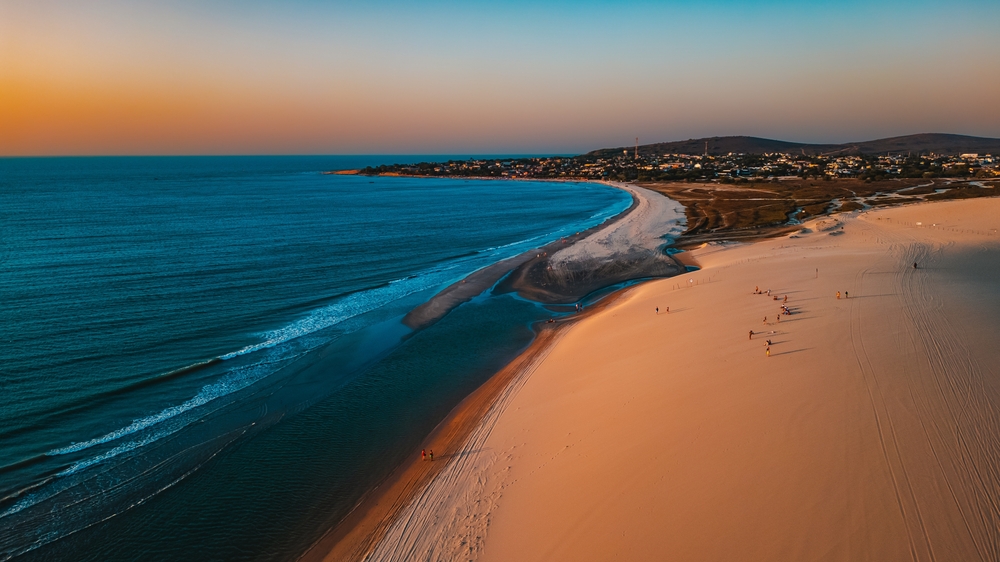Cabo Orange Overview
Cabo Orange National Park, known locally as Parque Nacional do Cabo Orange, is located in the northeastern corner of the Brazilian state of Amapá. This remote park borders French Guiana and stretches along the Atlantic coast, encompassing approximately 2,570 square miles or 6,650 square kilometers.
It is the only national park in Brazil that protects a coastal mangrove ecosystem in the Amazon biome, making it a distinctive and essential conservation area. The park forms part of the Guiana Shield and lies within the broader Amazon rainforest region, offering a rare blend of coastal, marine, and rainforest environments in one protected area.
The terrain of Cabo Orange National Park is a complex mosaic of habitats, featuring dense tropical rainforest, sprawling mangrove forests, swamps, flooded grasslands, and tidal rivers. This diversity is shaped by the interplay of ocean tides and river flows, creating ever-changing landscapes throughout the year.
The park is home to the Oyapock River, which marks the border between Brazil and French Guiana, and includes the unique Caiena lowlands, where dense canopy forests meet coastal marshes. The vegetation varies with the terrain, ranging from towering emergent trees and thick understories to salt-tolerant mangroves and seasonally flooded savannas.
The biodiversity in Cabo Orange is exceptional, as it shelters species from both Amazonian and coastal environments. Among the most iconic mammals found in the park are jaguars, giant anteaters, capybaras, and the endangered manatee.
The park is also one of the few places in the region where visitors may catch a glimpse of the elusive puma and howler monkeys. Birdlife is particularly rich, with species such as the scarlet ibis, harpy eagle, and various herons and kingfishers commonly spotted. The park’s wetlands and estuaries also support migratory bird populations and are vital breeding grounds for several fish and crustacean species.
Cabo Orange National Park is best known for its unspoiled natural landscapes and relative isolation. Popular features include the coastal mangroves, oxbow lakes, and the chance to explore the estuarine labyrinths by boat. The Oyapock River is a highlight, offering both scenic beauty and rich biodiversity.
While visitation is limited due to its remote location and lack of extensive infrastructure, adventurous travelers and researchers value its pristine condition. Activities such as birdwatching, guided boat tours, and nature photography are among the most rewarding ways to engage with the park.
Access to the park is mainly via river routes or small aircraft, and visits typically require coordination with local guides or environmental agencies. This remoteness has helped shield the park from large-scale human impact, but it also presents conservation challenges.
Threats include illegal fishing, poaching, and potential pressures from nearby development. However, Cabo Orange has seen conservation successes through its protected status and collaboration between local communities, government agencies, and NGOs working to preserve its ecosystems and monitor biodiversity.
Environmental education programs and increased research efforts are helping strengthen long-term conservation strategies while promoting sustainable tourism.
Park Map
Cabo Orange National Park Highlights
Share your clicks with us
Sources
- Header Image Source: https://www.gov.br/icmbio/pt-br/assuntos/biodiversidade/unidade-de-conservacao/unidades-de-biomas/marinho/lista-de-ucs/parna-do-cabo-orange








































































